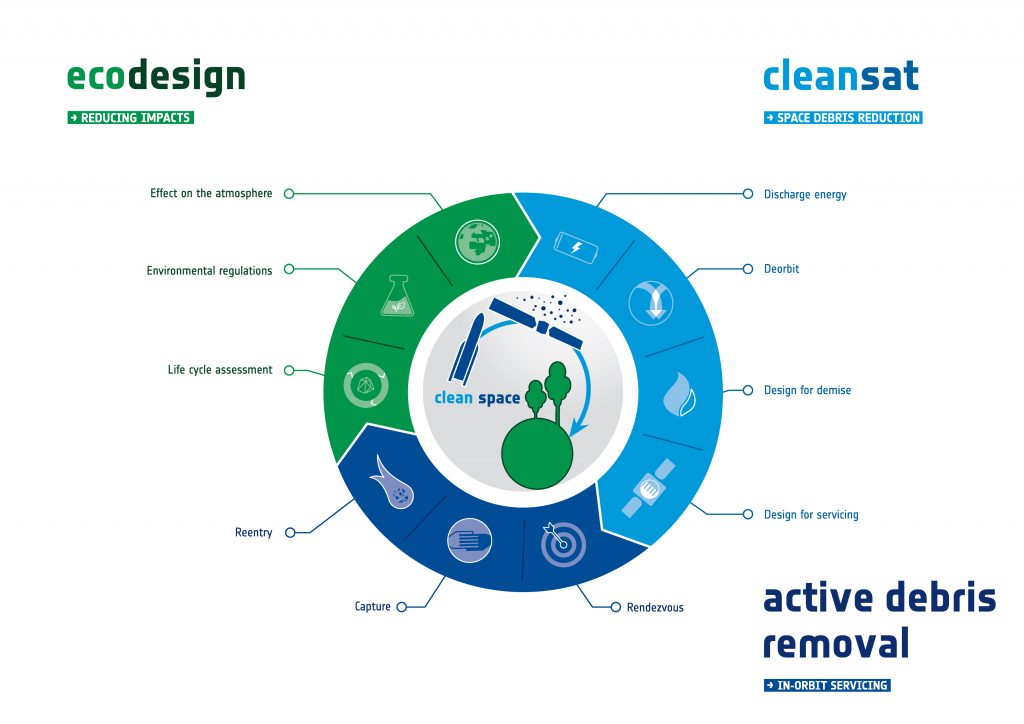We found a clean space, so we have a moral suasion to keep it in the same status. Esa, the European Space Agency, is rethinking a new philosophy to “export” sustainability over the atmosphere. During the Gecko Fest, Tommaso Ghidini, Head of ESA’s Materials Technology section, stresses out one of the future goals for space missions. The space manager spoke about changes and the huge contribution that space had and will have on our daily life.
Space Missions have given us more than 135000 patents and more will arrive in the near future. Space economy is growing at an unknown speed as new technology help scientists to study climate change, faster internet connection cybersecurity and many other sectors thanks to satellite evolution.
But the reverse side of the medal is a growing problem, the space junk. Too many objects round over the earth’s atmosphere, millions of micro fragments really dangerous for future missions. For this reason, Esa started a new program, called “Clean Space”, to monitor space junk and avoiding possible collisions.
Clean Space wants to develop technologies to prevent future creation of debris with three branches: Ecodesign, Cleansat and Active debris removal. MIPRONS, is trying to develop satellite propulsion system ideal for the last two solutions. we want to develop the tiniest, most powerful and versatile propulsion system that can be used for an active de-orbiting at the end-of-life of satellites and to help active debris removal mission, thanks to its very high thrust with tiny dimensions.

